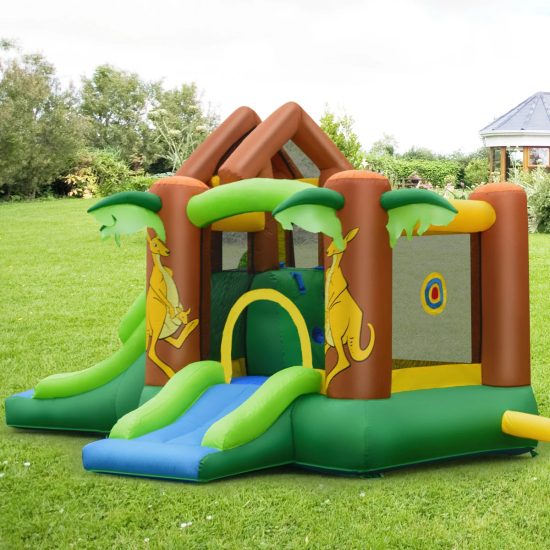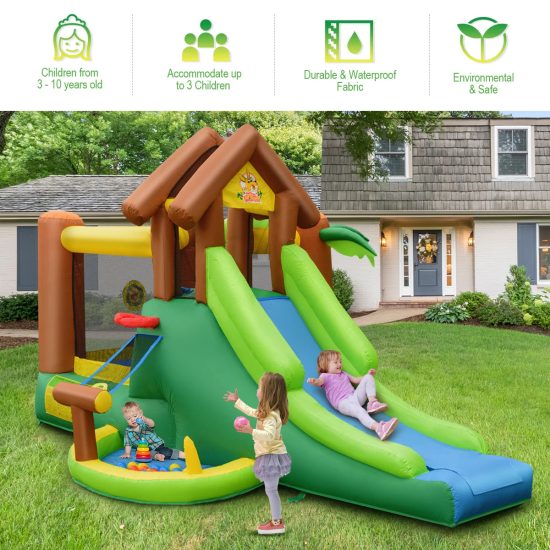Bounce houses, those inflatable play structures that delight kids at parties and events, have a fascinating history. These colorful, bouncy havens have evolved significantly since their inception, shaping the way children play and fostering creativity and joy in countless ways.
- Early Beginnings: The concept of the bounce house traces back to the 1950s when engineer John Scurlock accidentally discovered the fun of inflatable cushions. Originally designed as a solution for expanding fabric used for tennis court covers, Scurlock noticed his employees jumping on the covers and realized the potential for entertainment.
- The Inflatable Castle: In 1959, Scurlock’s wife, Frances, developed the first inflatable structure, which they named the “Space Pillow.” Its success led to the creation of the “Inflatable Castle,” the precursor to today’s bounce houses, and the establishment of the company now known as “Space Walk.”
- Commercialization and Popularity: By the 1970s, these inflatable structures gained commercial attention, becoming a staple at fairs, amusement parks, and backyard birthday parties. The term “moonwalks” was coined, reflecting the excitement of bouncing in a low-gravity-like environment.
- Safety Concerns and Regulations: As popularity surged, safety concerns emerged. Incidents of improper setup or inadequate supervision raised alarms. Consequently, safety standards were developed, addressing issues such as proper anchoring, weight limits, and adult supervision, ensuring a safer experience for children.
- Innovation and Diversity: From basic inflatable castles, bounce houses have diversified. They now include obstacle courses, water slides, themed structures, and interactive designs. Technological advancements have introduced features like enhanced durability, easier setup, and improved portability.
- Educational and Therapeutic Applications: Beyond entertainment, bounce houses have found applications in education and therapy. They facilitate motor skill development, sensory stimulation, and even serve as a tool for occupational therapy for children with special needs.
- Future Trends: Looking ahead, the future of bounce houses seems promising. Innovations integrating technology, such as interactive elements or augmented reality, might revolutionize the play experience further.
In conclusion, bounce houses have come a long way from their humble beginnings as accidental inventions. Their evolution reflects not only advancements in technology and safety but also a deep understanding of how play impacts childhood development. As they continue to evolve, one thing remains constant – the pure joy they bring to children’s lives.


